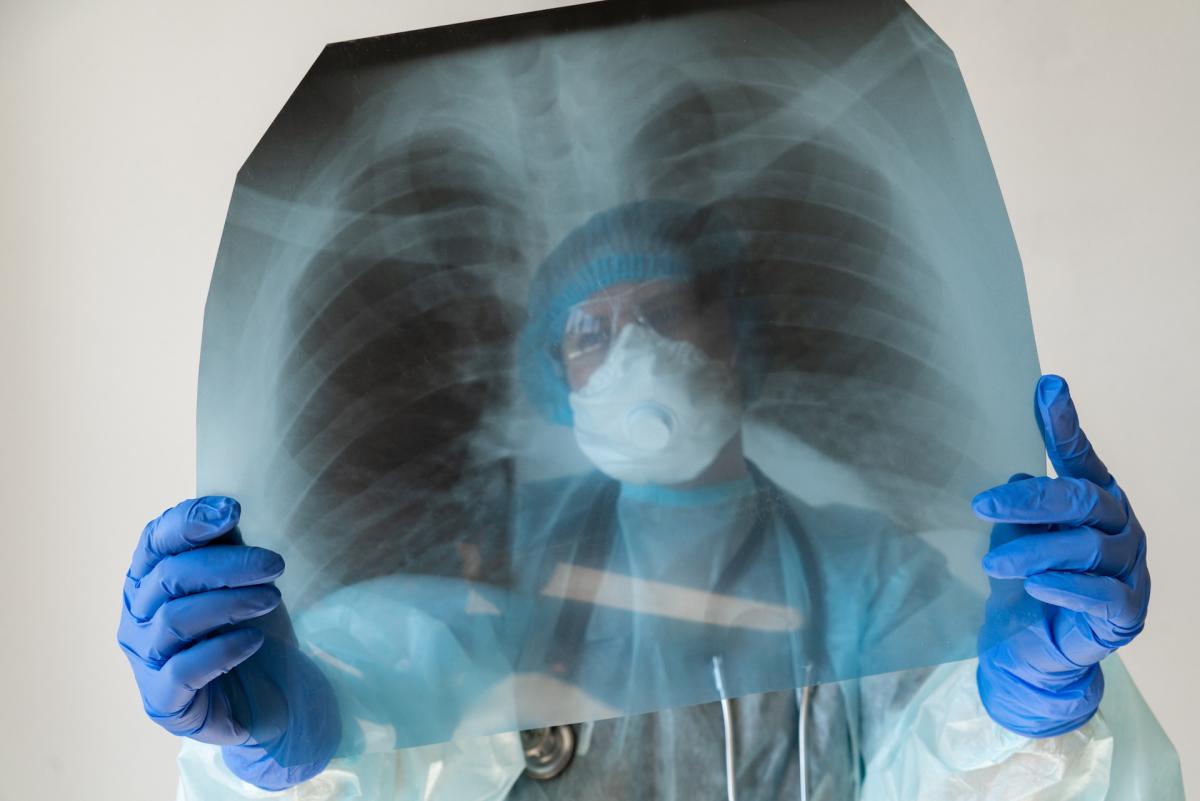Scientists find indoor air pollution causes respiratory viruses to ‘linger longer’: ‘This study represents a huge breakthrough in our understanding’
Scientists find indoor air pollution causes respiratory viruses to 'linger longer': 'This study represents a huge ... Yahoo! Voices


A Study on the Impact of Opening Windows on Limiting the Spread of Respiratory Viruses

A new study conducted by the University of Bristol has revealed the significance of opening windows in limiting the spread of respiratory viruses. The findings highlight the impact of human activities on public health.
What’s happening?
The University of Bristol-led team discovered that carbon dioxide (CO2) causes airborne respiratory viruses to remain in indoor environments for a longer period of time, as detailed by New Atlas.
However, when a window is open, allowing fresh air to enter, not only does the virus disperse, but it also makes the aerosol droplets themselves more toxic to the virus, according to Allen Haddrell, the lead and co-corresponding author of the study and senior research associate in Aerosol Science at Bristol’s School of Chemistry.
“We knew SARS-CoV-2, like other viruses, spreads through the air we breathe. But this study represents a huge breakthrough in our understanding of exactly how and why that happens, and crucially, what can be done to stop it,” Haddrell told the online platform.
The findings were published in the journal Nature Communications.
Why is this concerning?
Human activities are causing the levels of carbon in our atmosphere to rise. The study’s findings suggest this could make it easier for respiratory diseases to spread, which would have significant consequences for public health.
Watch now: Ford’s F-150 Lightning is a game-changer at tailgate parties
“These findings… have broader implications not only in our understanding of the transmission of respiratory viruses, but how changes in our environment may exacerbate the likelihood of future pandemics,” Haddrell told New Atlas. “Data from our study suggests that rising levels of CO2 in the atmosphere may coincide with an increase in the transmissibility of other respiratory viruses by extending how long they remain infectious in the air.”
Warming global temperatures have also been linked to an uptick in mosquito-borne diseases such as Zika, malaria, and dengue. In part, this is because mosquitoes have been able to reproduce more quickly and survive in new northern regions.
What can be done about this?
As far as the rising carbon levels are concerned, dirty fuels like coal, gas, and oil account for almost 90% of carbon pollution being released into our atmosphere.
National and local governments around the world are working to facilitate a shift to a clean energy grid and less polluting technologies. You can also contribute to a healthier future by reducing your use of single-use plastics and opting for walking, biking, or taking public transportation when possible.
Additionally, until things are back in balance, it’s important to note that there are tools to help fight many diseases and mitigate the effects of rising temperatures.
Medical advancements, like vaccines, have helped people live longer and healthier lives. According to the World Health Organization, vaccines alone have saved an estimated “equivalent of six lives every minute of every year” over the past half-century, with infants being the primary beneficiaries.
The breakthroughs are still rolling in thanks to decades’ worth of research and insight. Notable examples include the mRNA technology deployed to combat COVID-19 and the development of several malaria vaccines. In January, the world’s first mass vaccination campaign against malaria began in the African nation of Cameroon.
Join our free newsletter for weekly updates on the coolest innovations improving our lives and saving our planet.
SDGs, Targets, and Indicators
| SDGs | Targets | Indicators |
|---|---|---|
| SDG 3: Good Health and Well-being | Target 3.3: By 2030, end the epidemics of AIDS, tuberculosis, malaria, and neglected tropical diseases and combat hepatitis, water-borne diseases, and other communicable diseases | No specific indicators mentioned in the article |
| SDG 13: Climate Action | Target 13.2: Integrate climate change measures into national policies, strategies, and planning | No specific indicators mentioned in the article |
| SDG 11: Sustainable Cities and Communities | Target 11.6: By 2030, reduce the adverse per capita environmental impact of cities, including by paying special attention to air quality and municipal and other waste management | No specific indicators mentioned in the article |
1. Which SDGs are addressed or connected to the issues highlighted in the article?
SDG 3: Good Health and Well-being
The article discusses the spread of respiratory viruses and its impact on public health. This aligns with SDG 3, which aims to ensure healthy lives and promote well-being for all at all ages.
SDG 13: Climate Action
The article highlights the connection between rising carbon levels in the atmosphere and the increased spread of respiratory diseases. This relates to SDG 13, which focuses on taking urgent action to combat climate change and its impacts.
SDG 11: Sustainable Cities and Communities
The article mentions the importance of air quality in indoor environments and the role of human activities in contributing to the spread of respiratory diseases. This is relevant to SDG 11, which aims to make cities inclusive, safe, resilient, and sustainable.
2. What specific targets under those SDGs can be identified based on the article’s content?
Target 3.3: By 2030, end the epidemics of AIDS, tuberculosis, malaria, and neglected tropical diseases and combat hepatitis, water-borne diseases, and other communicable diseases.
The article discusses the spread of respiratory viruses and the potential risks to public health. Target 3.3 focuses on ending epidemics and combating communicable diseases, which includes respiratory viruses.
Target 13.2: Integrate climate change measures into national policies, strategies, and planning.
The article highlights the connection between rising carbon levels in the atmosphere and the increased spread of respiratory diseases. Target 13.2 emphasizes the need to integrate climate change measures into policies and strategies to address its impacts on health.
Target 11.6: By 2030, reduce the adverse per capita environmental impact of cities, including by paying special attention to air quality and municipal and other waste management.
The article mentions the importance of air quality in indoor environments and its impact on the spread of respiratory viruses. Target 11.6 focuses on reducing the adverse environmental impact of cities, including improving air quality.
3. Are there any indicators mentioned or implied in the article that can be used to measure progress towards the identified targets?
No specific indicators are mentioned in the article that can be used to measure progress towards the identified targets.
Copyright: Dive into this article, curated with care by SDG Investors Inc. Our advanced AI technology searches through vast amounts of data to spotlight how we are all moving forward with the Sustainable Development Goals. While we own the rights to this content, we invite you to share it to help spread knowledge and spark action on the SDGs.
Fuente: yahoo.com

Join us, as fellow seekers of change, on a transformative journey at https://sdgtalks.ai/welcome, where you can become a member and actively contribute to shaping a brighter future.







